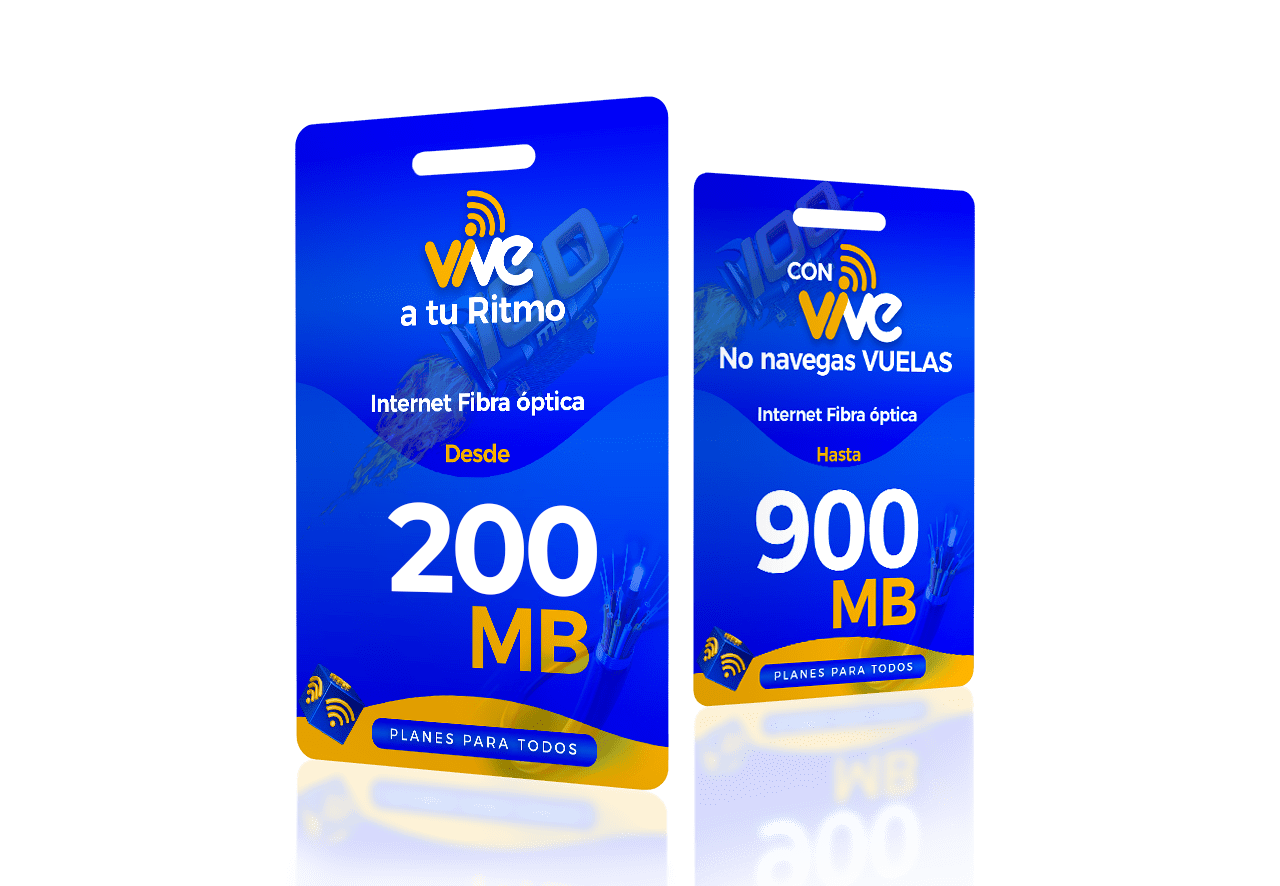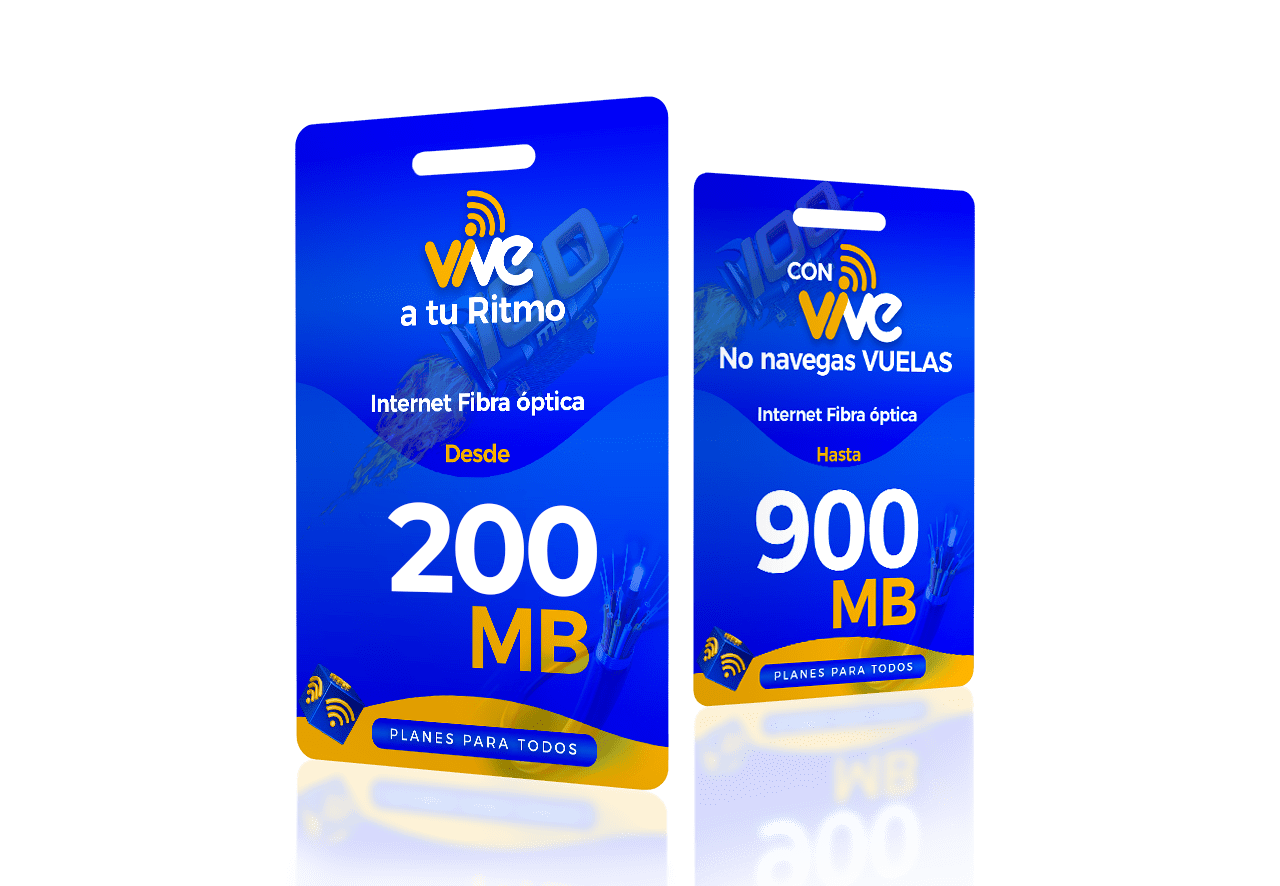Absolutely! Here’s a 3000-word article about “Live internet,” focusing on its evolution, impact, and future, with list items converted to `
` or `
` headings.
The internet, once a static repository of information, has undergone a profound transformation. Today, it pulses with real-time activity, a dynamic realm where live interaction and immediate information exchange are the norm. This phenomenon, often referred to as “Live Internet,” has redefined how we communicate, consume content, and engage with the world around us.

The internet’s early days were characterized by static HTML pages, a stark contrast to the dynamic environment we inhabit today. The shift towards live content began with the advent of technologies that enabled real-time updates and interactive experiences.
The Rise of Instant Messaging and Chat Rooms
Early internet users sought ways to connect in real-time. Platforms like ICQ, AOL Instant Messenger, and IRC chat rooms facilitated immediate communication, laying the groundwork for the live interactions we see today. These platforms allowed individuals to engage in conversations regardless of geographical location, fostering a sense of community and immediacy.
The Advent of Streaming Media

The ability to stream audio and video content in real-time marked a significant milestone. Services like RealNetworks and Windows Media Player pioneered streaming, enabling users to access live broadcasts and on-demand media. This paved the way for platforms like YouTube Live and Twitch, which have become central to the live internet experience.
The Emergence of Social Media and Real-Time Feeds
Social media platforms like Twitter, Facebook, and Instagram fundamentally altered the way information is disseminated. Real-time feeds deliver updates as they happen, allowing users to stay informed about breaking news, trending topics, and live events. The concept of “going live” has become ubiquitous, enabling individuals and organizations to broadcast events and interact with audiences in real-time.
The pervasive nature of live internet has had a profound impact on various aspects of our lives, from communication and entertainment to news consumption and commerce.
Revolutionizing News Consumption
Traditional news cycles have been supplanted by real-time reporting. Social media and live streaming platforms provide instant access to breaking news, often from eyewitness accounts. Citizen journalism has emerged as a powerful force, enabling individuals to capture and share events as they unfold. This shift has democratized news dissemination, but it also raises concerns about accuracy and reliability.
Transforming Entertainment and Gaming
Live streaming has revolutionized the entertainment industry. Platforms like Twitch and YouTube Live have become hubs for live gaming, esports, and interactive content. Viewers can engage with streamers in real-time, creating a sense of community and participation. Live music performances and virtual events have also gained popularity, offering immersive experiences to global audiences.
Enhancing Communication and Collaboration
Live video conferencing and collaboration tools have become essential for remote work and communication. Platforms like Zoom, Microsoft Teams, and Google Meet enable real-time interaction, facilitating meetings, presentations, and collaborative projects. These tools have bridged geographical barriers, enabling seamless communication and collaboration across time zones.
Driving E-commerce and Live Shopping
Live shopping has emerged as a powerful trend in e-commerce. Retailers are leveraging live streaming to showcase products, interact with customers, and drive sales. Live Q&A sessions, product demonstrations, and interactive promotions create a dynamic shopping experience. This trend has blurred the lines between online and offline shopping, offering a more engaging and personalized approach.
The seamless delivery of live content relies on a robust technological infrastructure and ongoing innovation.
High-Speed Internet and Bandwidth
The proliferation of high-speed internet connections, including fiber optic and 5G networks, has been crucial for the growth of live internet. Increased bandwidth enables the transmission of high-quality video and audio streams, ensuring a smooth and uninterrupted experience.
Cloud Computing and Content Delivery Networks (CDNs)
Cloud computing platforms provide the infrastructure necessary to store, process, and deliver live content. CDNs distribute content across a network of servers, reducing latency and ensuring fast delivery to users worldwide. These technologies are essential for scaling live streaming services and handling large volumes of traffic.
Video Encoding and Transcoding
Video encoding and transcoding technologies are critical for optimizing live streams for different devices and network conditions. These technologies compress and convert video files into various formats and resolutions, ensuring compatibility and efficient delivery.
Artificial Intelligence (AI) and Machine Learning (ML)
AI and ML are playing an increasingly important role in live internet. AI-powered algorithms can analyze live streams to detect anomalies, moderate content, and provide personalized recommendations. ML models can optimize video encoding, improve streaming quality, and enhance user engagement.
The live internet continues to evolve at a rapid pace, driven by technological advancements and changing user expectations.
The Rise of the Metaverse and Immersive Experiences
The metaverse, a virtual reality space where users can interact with each other and digital environments, is poised to reshape the live internet. Live events, concerts, and social gatherings in the metaverse will offer immersive experiences that transcend physical limitations. Virtual avatars, augmented reality overlays, and haptic feedback will enhance the sense of presence and engagement.
The Growth of Decentralized Live Streaming
Blockchain technology and decentralized platforms are emerging as alternatives to traditional live streaming services. Decentralized platforms offer greater control, transparency, and security, empowering creators and viewers. Blockchain-based live streaming can also enable new monetization models, such as micropayments and tokenized rewards.
The Integration of AI-Powered Personalization
AI will play an increasingly significant role in personalizing the live internet experience. AI-powered algorithms will analyze user preferences and behavior to curate personalized live streams, recommendations, and interactive experiences. This will create a more engaging and relevant experience for each user.
The Expansion of Live Internet into New Domains
Live internet is expanding beyond entertainment and communication into new domains, such as education, healthcare, and industrial applications. Live remote surgeries, interactive virtual classrooms, and real-time monitoring of industrial processes are just a few examples of how live internet is transforming various sectors.
While the live internet offers numerous benefits, it also presents challenges and considerations that need to be addressed.
Content Moderation and Misinformation
The real-time nature of live internet makes it challenging to moderate content and combat misinformation. False information can spread rapidly, potentially causing harm. AI-powered content moderation tools and human oversight are essential for maintaining a safe and reliable live internet environment.
Privacy and Security Concerns
Live streaming and real-time data collection raise privacy and security concerns. Users need to be aware of the data being collected and how it is being used. Robust security measures are essential for protecting user data and preventing unauthorized access.
Digital Divide and Accessibility
The benefits of live internet are not evenly distributed. Access to high-speed internet and digital devices remains a challenge for many individuals and communities. Efforts to bridge the digital divide and ensure accessibility are crucial for creating an inclusive live internet.
Live internet has transformed the way we interact with information and each other. Its impact is pervasive, shaping communication, entertainment, commerce, and various other aspects of our lives. As technology continues to evolve, the live internet will become even more dynamic, immersive, and personalized. By addressing the challenges and embracing the opportunities, we can harness the power of live internet to create a more connected, informed, and engaging world.



